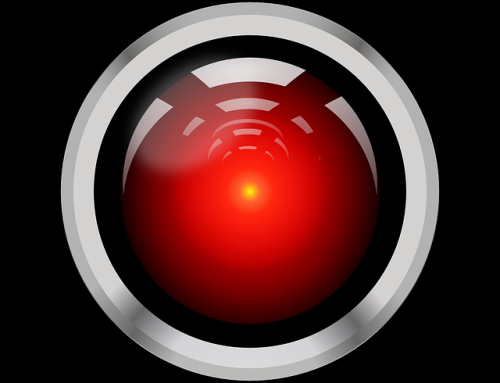You’ve probably heard people talking about wearable tech–whether it’s a new smart watch, Google Glass, etc. It’s becoming increasingly popular, and more and more industries are preparing for this next wave of technological advancement.
But where is wearable tech’s place in the healthcare environment? Today, we’ll look at just a few ways we’re seeing a positive impact from wearable tech in healthcare.
Diagnosing Diseases
Wearable tech can help physicians better identify and diagnose diseases thanks to information it sends about organ function and disease markers. This also allows the patient to be part of that monitoring experience, and helps them keep track of their health any time, any place.
There are even ingestibles that can be taken alongside medication that can send info from within the patient’s body and are sent right to the doctor. These types of advances mean real-time diagnosis–and more efficient healthcare.
Learning Experiences
Some surgeons are finding that wearing Google Glass during procedures allows medical students in training to get the best possible point of view. When students can better see first hand how to correctly execute difficult procedures, they are better prepared when it comes to be their turn at the table. Plus, this allows those students to be right in the veteran surgeon’s shoes. Never before has there been an opportunity to get this close to the procedures without crowding the room or creating a higher risk of infection.
Weight Control
Especially within hospital’s bariatric department, wearable technology that allows doctors to track a patient’s physical activity, eating, and sleeping habits on a day-to-day basis means more patient accountability. When that information can be sent directly to the doctor, those patients can be given suggestions or even encouragement to continue a safe level of physical activity and there is less temptation to lapse back into poor habits.
Research Findings
What’s also interesting is the report from Health Research Initiative (HRI) on wearable tech in healthcare’s growing acceptance.
- 66% of doctors are would encourage a patient use an app to monitor a chronic illness.
- 79% of physicians believe wearable tech will lead to more teamwork between patients and providers.
- 42% of providers are comfortable relying on in-home tests to prescribe medication.
So while the transition into increased wearable tech in healthcare is a slow one, it shows promise for a higher level of care. This begs the question: Will there be a time when payers look to these types of systems in relation to accountable care? And what quality improvement data can be collected and studied from these real-time reporting systems?
It’s hard to say what the future holds for wearable tech in healthcare, but we can project that this form of healthcare IT will continue to grow as it is perfected over time. If nothing else, it serves as a excellent source of secondary information for both patients and doctors.
What are your thoughts on wearable tech in the healthcare field? Tweet us at @BHMHealthcare on Twitter. Contact BHM







Wearable Tech in Healthcare http://t.co/tnhvrISyka http://t.co/odEd0JwOqs
RT @BHMHealthcare: Wearable Tech in #Healthcare: What it means for you. http://t.co/bp8WeGCPTy
RT @BHMHealthcare: Wearable Tech in #Healthcare: What it means for you. http://t.co/bp8WeGCPTy
RT @BHMHealthcare: Wearable Tech in #Healthcare: What it means for you. http://t.co/bp8WeGCPTy